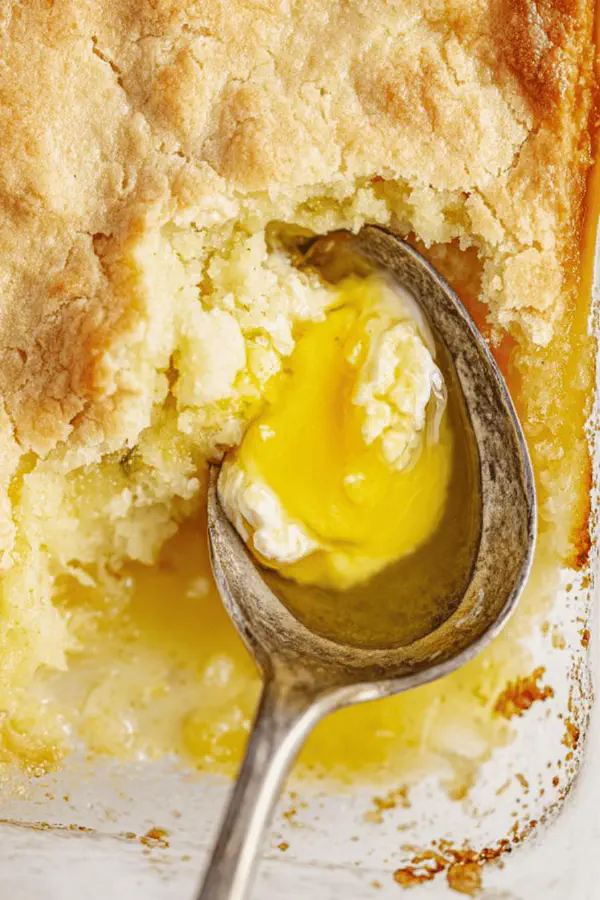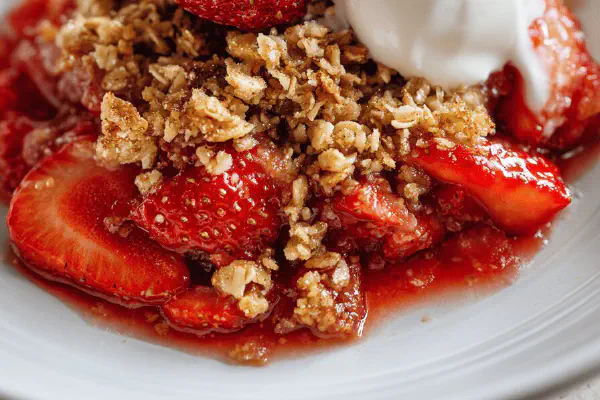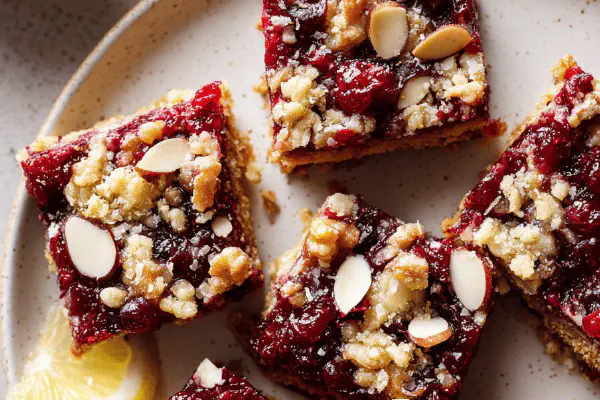Featured Recipe
Lemon Cream Cheese Dump Cake

By Kate
"
A quick layered dessert with tangy lemon curd, creamy cheese mix, and crumbly cake topping. Uses cream cheese mixed with egg and sugar, spread loosely. Dry cake mix nestled beneath thin butter slices browns and crisps into golden crust. Bakes until bubbling and crust is toasted, resting briefly before serving. Yields about a dozen slices. Provides 156 calories per serving with moderate fats, low carbs.
"
Prep:
20 min
Cook:
45 min
Total:
Serves:
12 servings
dessert
quick
layered
easy
Introduction
Dump cakes cut corners but demand the right balance. Lemon curd at base for tart zip holds moisture beneath. Cream cheese whipped just enough adds richness without curdling or graininess. Dry cake mix on top, untouched, draws in butter and browns into crust that crunches when you bite. Watch the oven: bubbling edges are your timer; that golden brown top? That’s your visual cue. Rest it after baking for firmer slices. Too hot an oven ruins texture; too cold and topping sogs. Simple, layered, fast. Add a pinch of lemon zest or swap cake mix for a spiced one for twist. Trust your eyes, ears, touch.
Ingredients
About the ingredients
Cream cheese must be softened for easier mixing and better texture without lumps. If unavailable, use mascarpone or ricotta strained well (less tang, more cream). Lemon curd can be homemade or store-bought; homemade adds freshness but store-bought is consistent. For butter, unsalted gives control over salt; salted butter might push sodium higher. Thin slices ensure even melting—chunky butter melts unevenly and leaves greasy spots. Cake mix choice shifts outcome: lemon flavor best but vanilla or white cake mix keeps neutral base. If gluten-free needed, use GF cake mix but expect slightly different crust texture.
Method
Technique Tips
Oven temperature matters; 335°F is just right to brown slowly while allowing filling to bubble fully before crust burns. Spread curd with a firm but gentle hand to keep layers intact—too thin means filling disappears into crust. Don’t overmix cream cheese; too much beating traps air and creates uneven bubbles. Dropping spoonfuls instead of spreading cream cheese creates interesting pockets of gooey texture inside final bake. Loose cake mix lets butter saturate pieces evenly; pressing compacts cake and blocks butter absorption. Butter layer coverage dictates crust quality: more butter means richer, crispier crust; less can cause dry topping. Resting lets filling thicken; slice too soon and filling runs. Clean knife after each cut for neat slices.
Chef's Notes
- 💡 Use softened cream cheese; blends easier, no lumps. If unavailable, mascarpone or well-drained ricotta. Store-bought lemon curd works too—consistent.
- 💡 Preheat oven to 335°F; ensures even browning. Hotter risks burning topping, cooler means soggy crust. Watch for that bubbling sound and golden edges.
- 💡 When dropping cream cheese, don’t spread; create texture pockets instead. More interesting results when spooning rather than pressing all flat.
- 💡 Slice butter thinly; very thin pats melt better. Butter needs to cover dry cake mix fully. Even melting prevents greasy spots and soggy areas.
- 💡 Rest uncovered 12-15 minutes post-baking; allows filling to thicken. Cutting too soon leads to runny slices. Clean knife for neat cuts every time.
Kitchen Wisdom
How to prevent soggy crust?
Oven temp matters. 335°F is key. Enough butter coverage too. Soggy can come from too much moisture below.
Can I use different cake mix?
Yes! Vanilla or spiced cake works if lemon isn’t on hand. Texture changes slightly though, be prepared.
Storage for leftovers?
Refrigerate covered for 3-4 days. Can freeze too but texture varies after thawing. Best fresh though.
What if I lack lemon curd?
Make your own or use another fruit filling. Try something berry or even an apple mix. Adjust sweetness accordingly.



